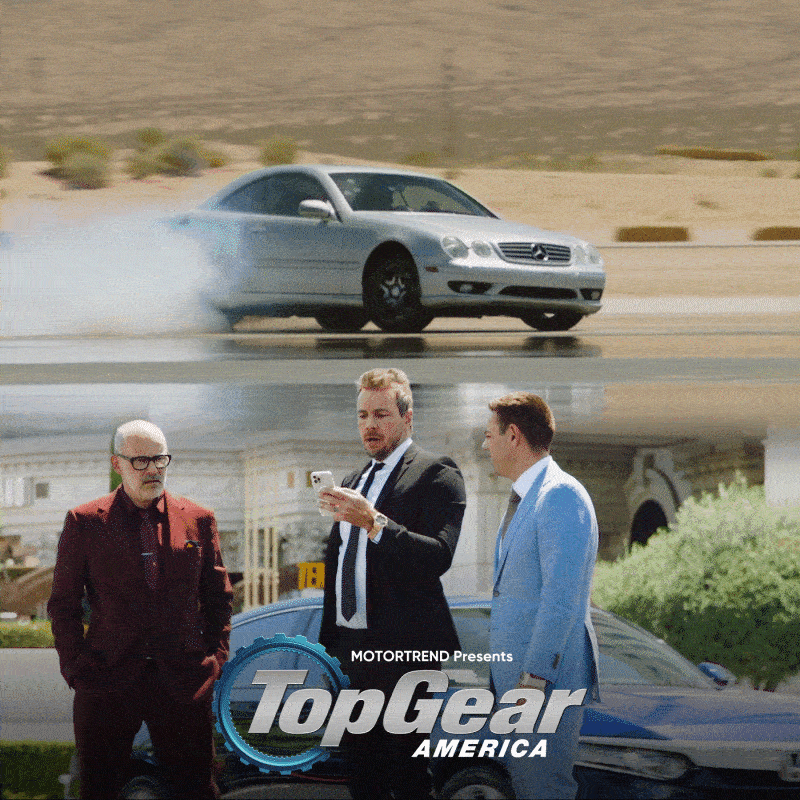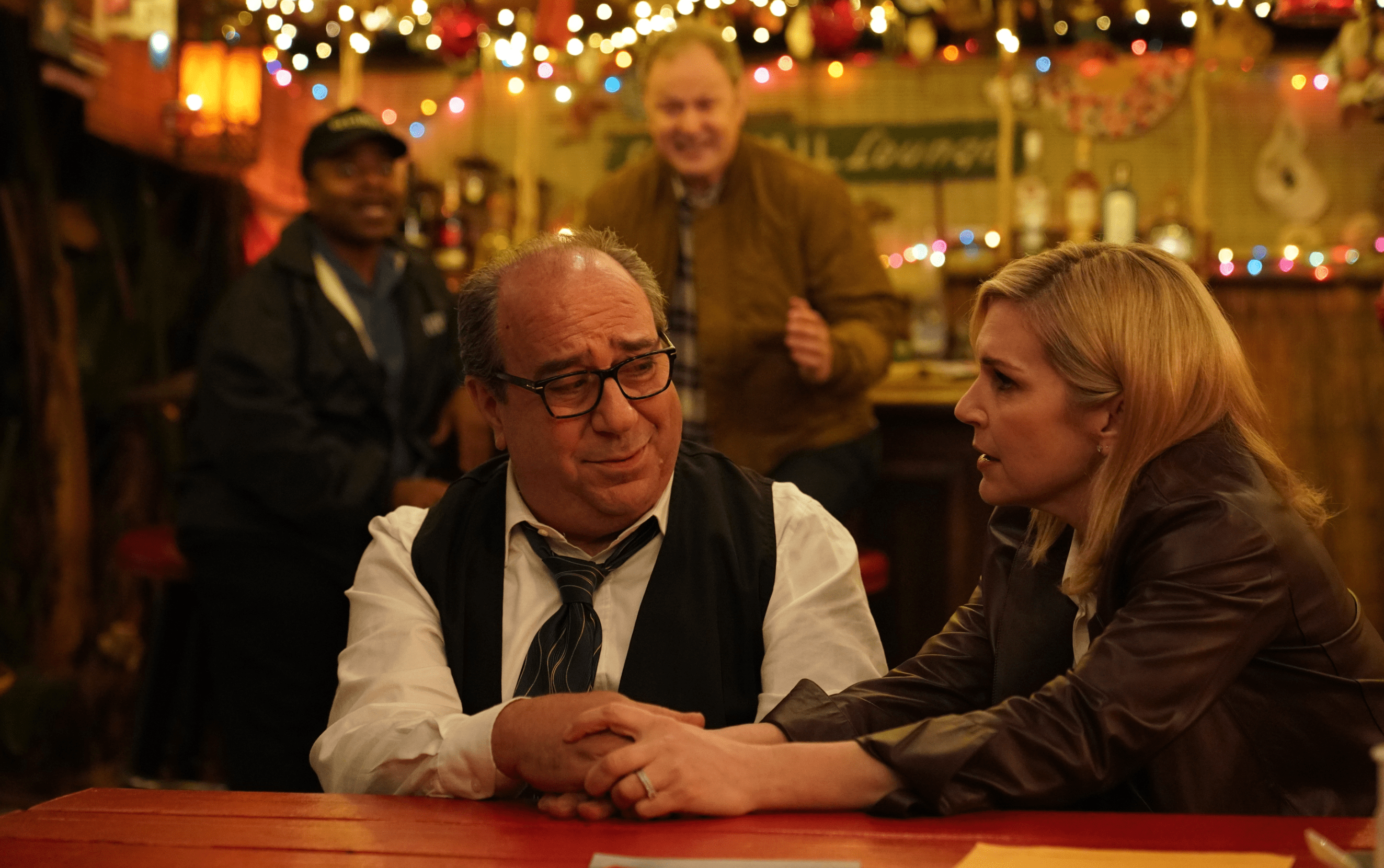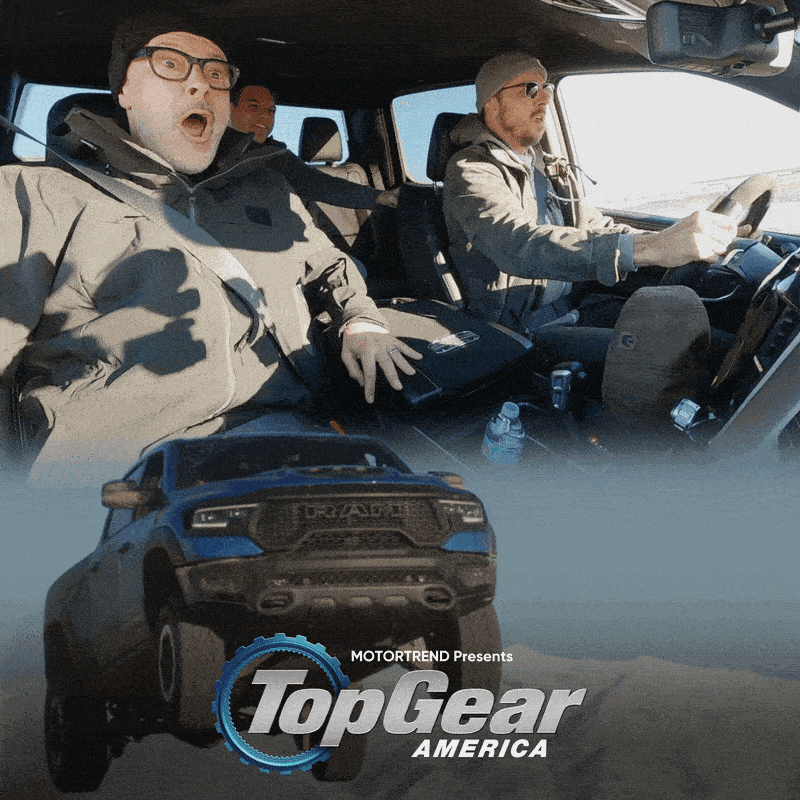How Drew Emery uses Runway to edit content for Top Gear America & Cooper's Bar

Drew Emery is a Los Angeles-based 2D and 3D Motion Graphics Designer. He has collaborated with brands such as Disney, Xbox, Meta, and CBS on various video projects. He specializes in animation and design, and began his career working as an animator at Painless Productions.
Today, we’re talking to Drew about the social content and GIFs he produced for the latest season of Top Gear America, and his VFX work on AMC+’s Cooper’s Bar.
Hi Drew! Thanks so much for joining us today. I’d like to begin by asking how you discovered Runway.
I actually discovered Runway by watching the Corridor Digital Crew on YouTube. I saw the Green Screen tool in one of their videos and honestly, it blew my mind.
Before Runway, I was doing a lot of manual rotoscoping or using Roto Brush and hoping it would do a halfway decent job.
One of the projects you’ve used Runway on, was with MotorTrend. Can you tell us a bit about that project?
I did the [MotorTrend project] with an ad agency named Contend. And for that one, we were tasked with providing different looping GIFs and 5-10 second cutdowns from the newest Top Gear America season. It’s a great challenge to sum up one episode in that short amount of time.
Because the spots we were creating were so short, I would rotoscope out and combine elements from the show into one design. A lot of these designs were combining a shot of our three hosts with a cool action shot of the car.
Using Runway helped a ton because you could easily roto out a bunch of different shots in a few seconds, and drop them back into my timeline to see how the designs looked.

Very cool. How much time do you think it saved?
Oh, man. I mean, before Runway, I think the rotoscoping could take hours to get right, which is a pain to try and explain to my producers. There’s a lot of adjusting involved.
If Roto Brush wouldn’t get it right, I would go and manually rotoscope it. Usually going frame by frame, which also takes quite a while.
Recently, you worked with Rhea Seehorn on Cooper’s Bar, a short-form series for AMC+. How did you get involved?
I was asked to join by Dan, the editor of the project. I’ve actually worked with the production team before on commercial projects, this is the first TV show I’ve done for them.
I really enjoy getting to wear multiple hats on a project, and for this one it was VFX as well as designing some of the phone screens and graphics.

What was your goal as the Motion Graphics Designer / VFX?
With VFX, you know you’ve done a good job if your work is invisible. Getting a clean mask in my shots from Cooper’s Bar is so important to help sell the effect.
In terms of the graphic design for the project, there is one scene where I had to design a poster of a TV show that the characters are looking at on their phone. The poster is a parody of shows like FBoy Island or Love Island. So being able to add humor into that design in order to amp up the joke on the show was also really important.
How did you use Runway on the project?
A lot of what I did was rotoscoping and keying out shots for phone screens. As well as designing the graphics that are displayed on the phone. For a specific shot, I had to rotoscope out an element from the actor's hand, so I switched over to Runway and the Green Screen tool. It had no problem registering the exact piece I needed almost instantly.
Do you feel like Runway is something you could introduce to your collaborators?
Yeah, absolutely. For the Green Screen and Inpainting tools, they’re literally a click of a button. So even if you're not an editor or motion graphic designer, you could easily pick it up. Anyone can really.

In terms of editing, how are paid social ads different from long-form projects?
In commercials, you move at a much faster pace, especially with the number of deliverables and the short form content. Being able to realize that and keep up with that is really, really important.
I also tend to showcase different versions of a design or project in the commercial space, since we're collaborating with the client. There's just so many different versions that a project can go in and pivot to, depending on what they like.
On a TV show or film, the director or producer usually has a specific idea and it’s always focusing on how we can best tell the story.
Has Runway made you think any differently about your creative process?
It definitely changes the time it would take to achieve. So like for example, going back to the MotorTrend spots there are a ton of different directions and designs that we have to do. We wanted to give the client as many possible variations to choose from. Using Runway, it makes the whole process so much faster and we were able to deliver more options.